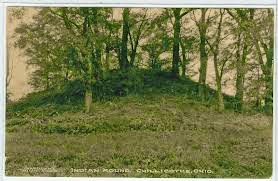The Early Race Of Giant Humans That Once Inhabited Los Angeles, California
The round heads of these early giant humans also described with a "high brow," are skull types that are most common in the State of New York. The burials being placed in a sitting position is also found in great numbers with large skeletons in New York, Pennsylvania, and Northern Ohio.
Spokane Daily Chronicle, June 14, 1922
LOS ANGELES HOME OF EARLY GIANTS
LOS ANGELES HOME OF EARLY GIANTS
They Were Seven Feet in Height According to Discoveries just Made. The original residents of Southern California were giants, seven feet in height, according to an anthropological discovery of the University of California near McFarland, in the heart of the oil fields. They were also "highbrows" with large, well rounded heads. They lived in mounds and used implements of stone. The excavations are being made under the direction of Arling Steinberger, in a now dry lake where the soil is heavily impregnated with alkaline salts and a seepage of petroleum. This chemical combination acted as an ideal preservative, so that the skeletons were found in a fine state of preservation. The first mound uncovered evidence was a burying ground, as the skeletons were found lying or sitting facing the east, as was customary in the last rites of primitive peoples. The skeletons are believed to be those of the first dwellers in Southern California.



